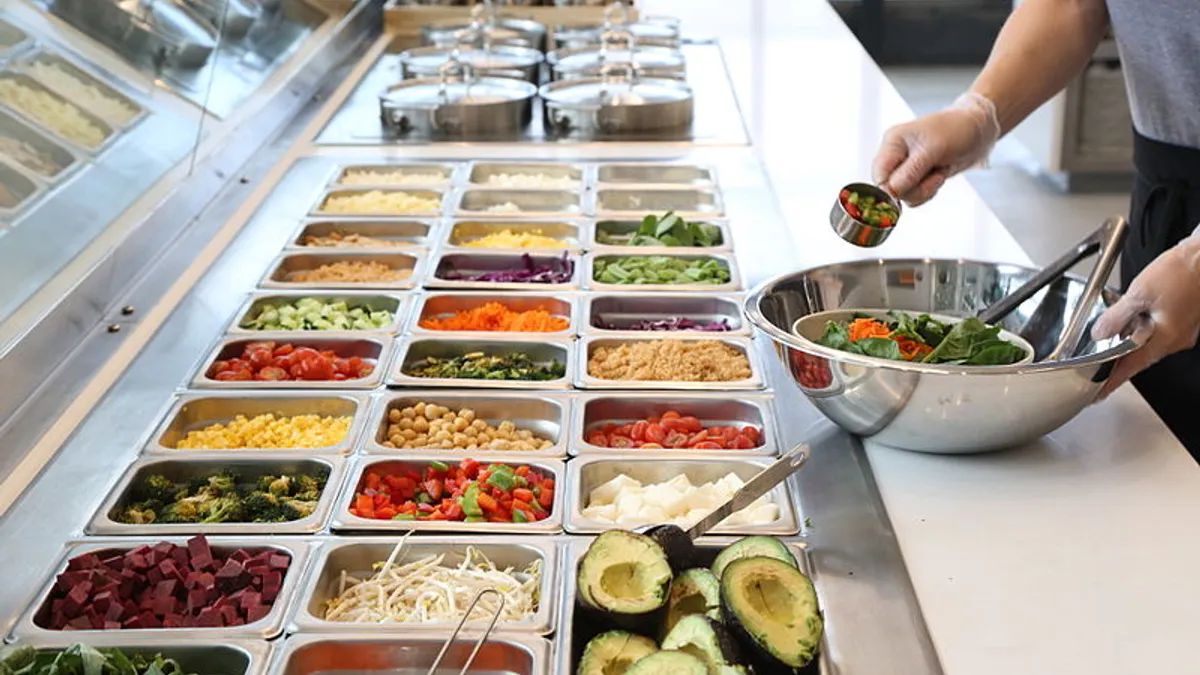When fast-casual chain restaurant Sweetgreen has a lesser-known vegetable featured prominently on its menu it’s just as likely that the idea came from the procurement team as the chef.
"There are scenarios when our team goes to the chef and says 'We found this producer, we found this product, you have to put this on the menu!'" Kevin Quandt, Sweetgreen's vice president of supply chain and sustainability, said at the ASCM 2019 conference in Las Vegas.
Sweetgreen prides itself on interacting directly with the farmers supplying the produce that is the core of its salad-centric menu. In many cases, growers plan and plant in concert with Sweetgreen’s needs, leading to a carefully crafted supplier dynamic.
"Our goal … is getting long-term relationships that aren’t just an RFP 'what can you do for me this month? this year? this season?'" Quandt said. As the chain has expanded to 102 restaurants in eight markets, Quandt’s team has found more opportunity to introduce regional produce, dairy and protein items.
But a regional procurement strategy that takes into account local growers and seasonality must take the right partners to scale. The growers, for one, need to be ready for a more flexible, less transactional relationship. Many grow to love it, said Quandt, but it can be scary at first, especially because the barrier to entry is high.
"When a value chain coordinator goes out to a farm they really ask a lot of questions. Half of their questions are about soil health. 15% is about pest management. 15% is about are they good employers? And the rest is are they being sustainable with their water waste and energy?" he said. "It’s not a yes or no scenario — we just want to understand where the food comes from and how it’s grown."
When a buyer wants to get this deep in the weeds, hiring is key. Quandt said since his team needs to be able to speak to farmers in a way that demonstrates their understanding of agriculture and the business of farming.
Also key is finding the right distribution partners. Quandt said that even as the chain grows to more than 100 locations across the U.S., national distributors are not, and likely never will be in the cards. With regional distributors, his team can keep the vendor list for each distributor as simple as possible while working with 200 to 300 growers and suppliers overall throughout the country and the year — for example, five different goat cheese suppliers.
"The question we always get from investors is how do we scale this effectively where it doesn’t get so unmanageable where we have to have someone in every city — we’re trying to figure that out," admitted Quandt.
Technology will hopefully help with supplier management as the chain grows since Sweetgreen's sourcing strategy eliminates some of the benefits of scale.
This story was first published in our weekly newsletter, Supply Chain Dive: Procurement. Sign up here.















